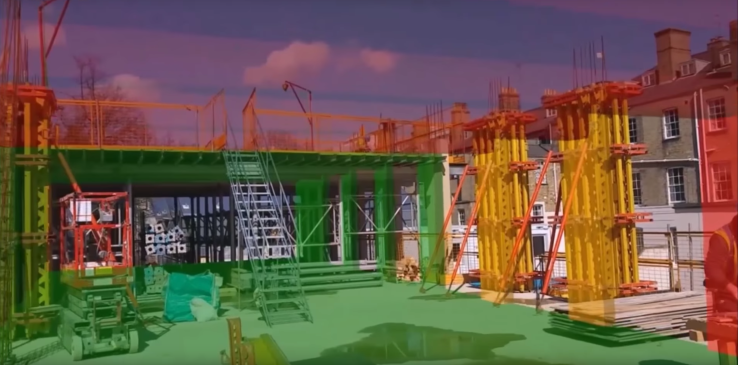

Microsoft has long positioned its HoloLens augmented reality (AR) helmet as a tool for the enterprise. One of the verticals the company has been especially interested in is construction and late last year, Trimble’s $1,499 SketchUp Viewer became the first commercial HoloLens application for the construction industry in the Windows Store. Since then, Microsoft has partnered with Trimble and the University of Cambridge to develop new ways of using its HoloLens in the construction industry. As the company announced today, the result of this collaboration is a set of new trials that are currently underway.
The first of this is an automated progress monitoring tool that allows inspectors to perform visual inspections of a building site or other structure without the need to fill out lots of forms and write reports. Instead, all of the necessary information is displayed on top of the physical object and inspectors can simply check them and report their findings using the HoloLens.
The second, which given the state of the U.S. infrastructure may be the more important one, is similar but focuses on bridge damage detection.
“Rather than sending structural engineers to each bridge as part of its inspection routine, through discoveries generated via the collaboration, high-resolution images can be taken by local teams and sent to inspection engineers,” Microsoft’s GM for Microsoft HoloLens and Windows Experiences Lorraine Bardeen writes in today’s announcement. “These are then automatically mapped onto 3D models of the respective bridge.”
Microsoft’s interest here is clearly to show off that the HoloLens is not just a tool for high-tech businesses, NASA and game developers, but also for other verticals – especially those that may not have fully embraced the idea of digital transformation yet. Over the last few months, the company also highlighted how elevator service technicians at thyssenkrupp have used the HoloLens, for example.

